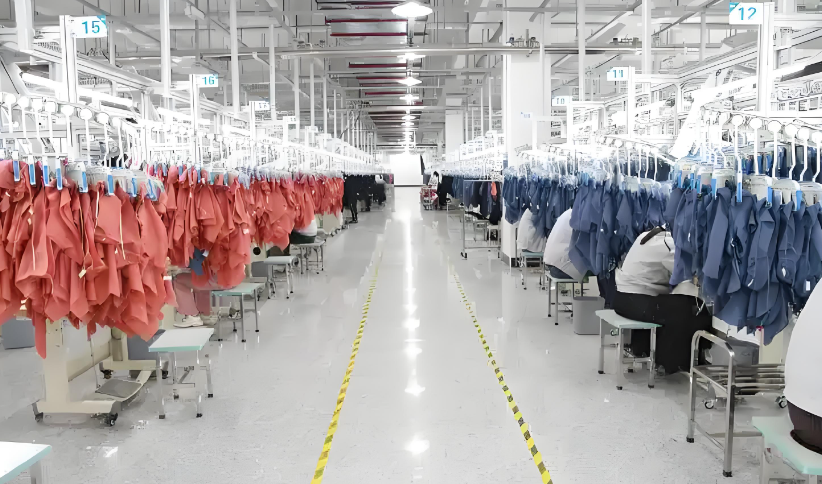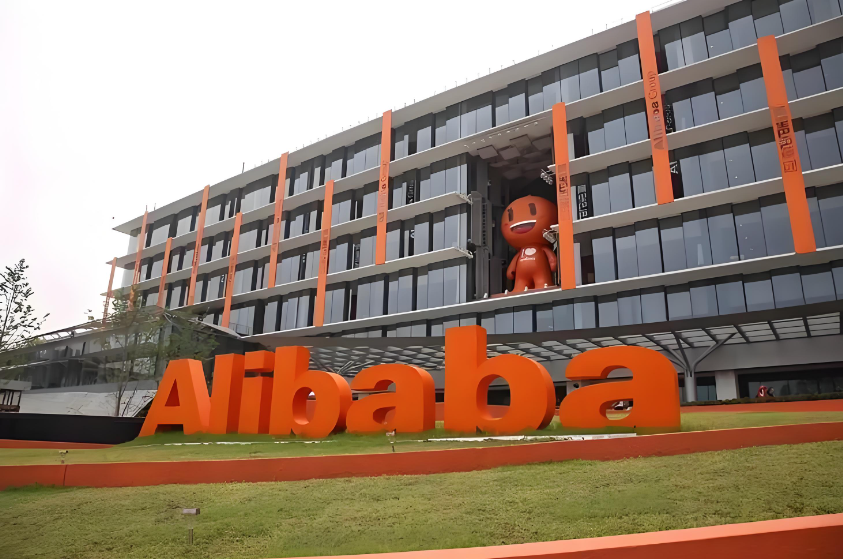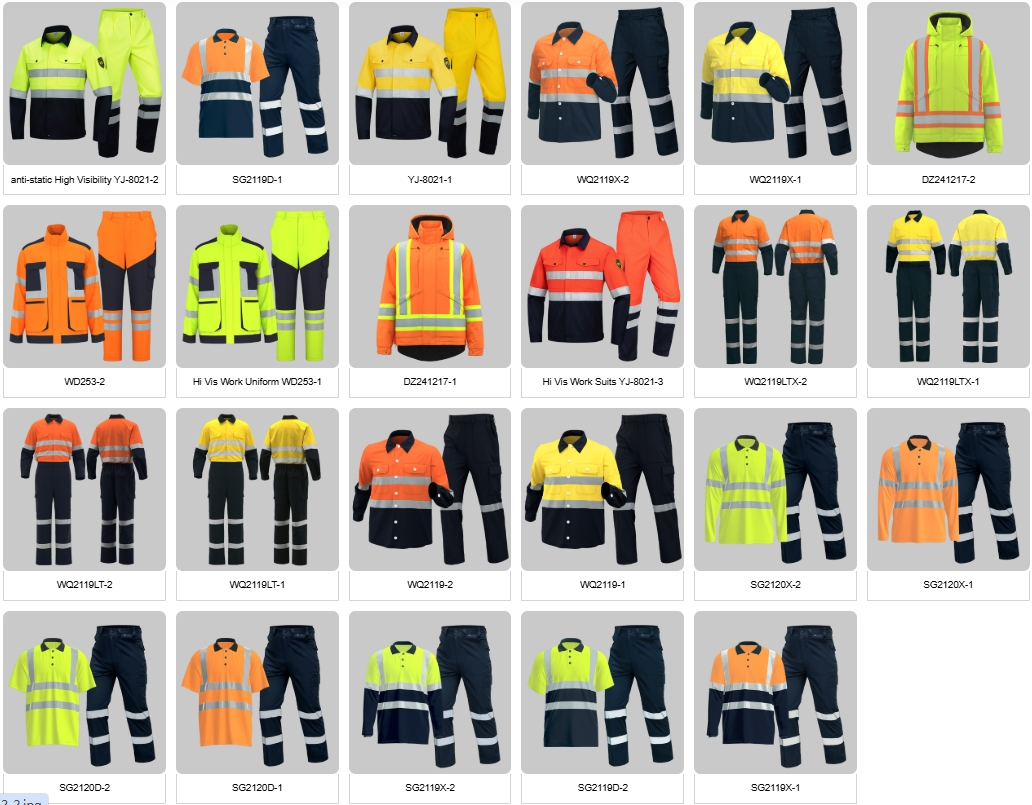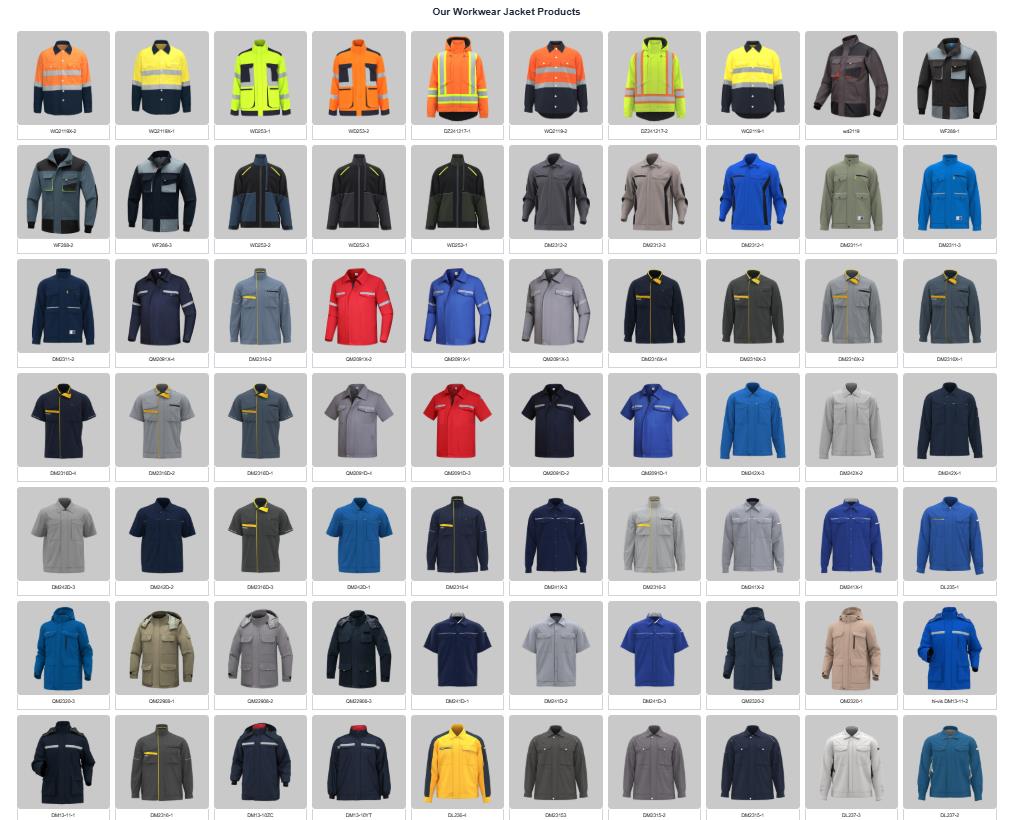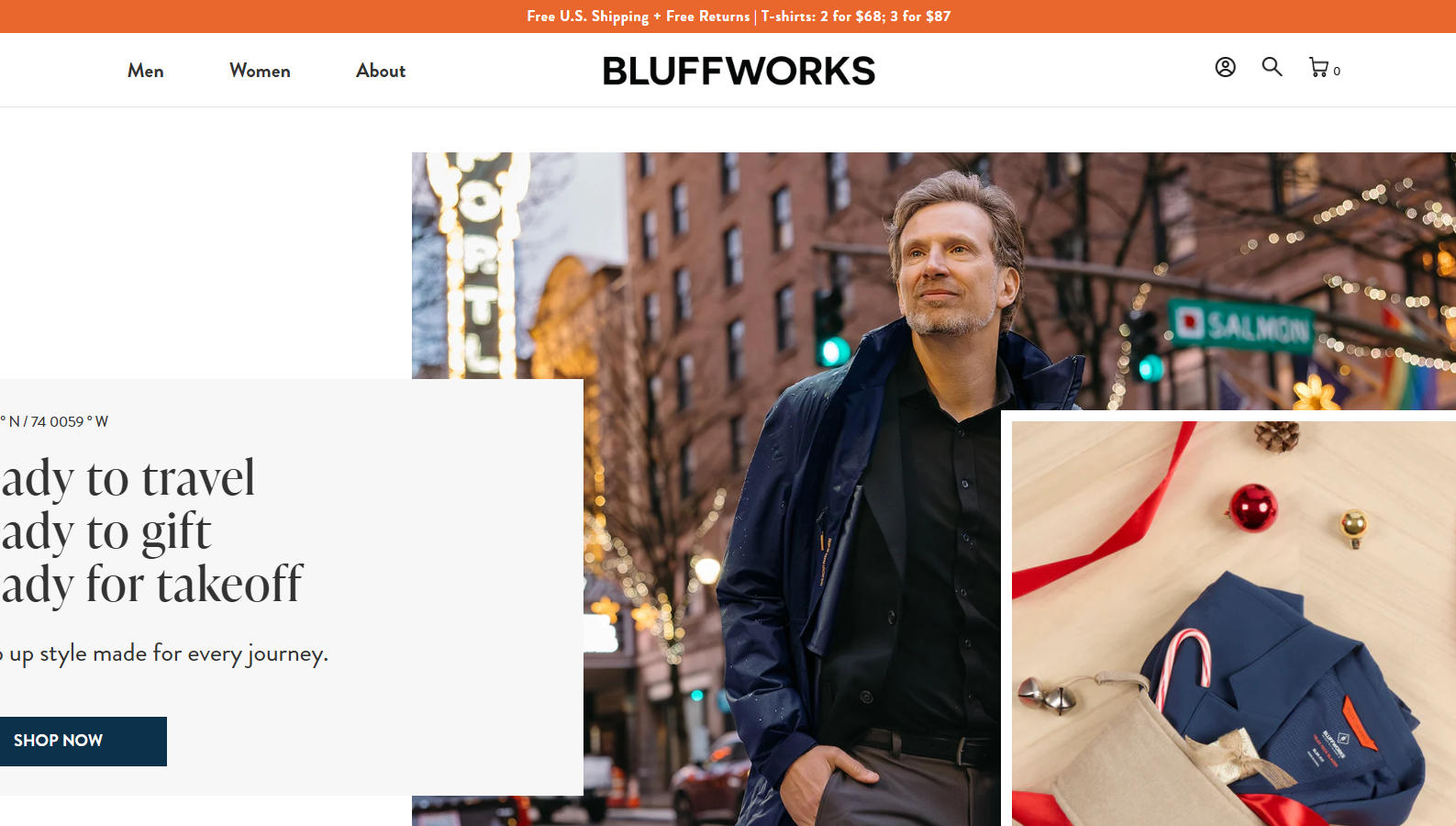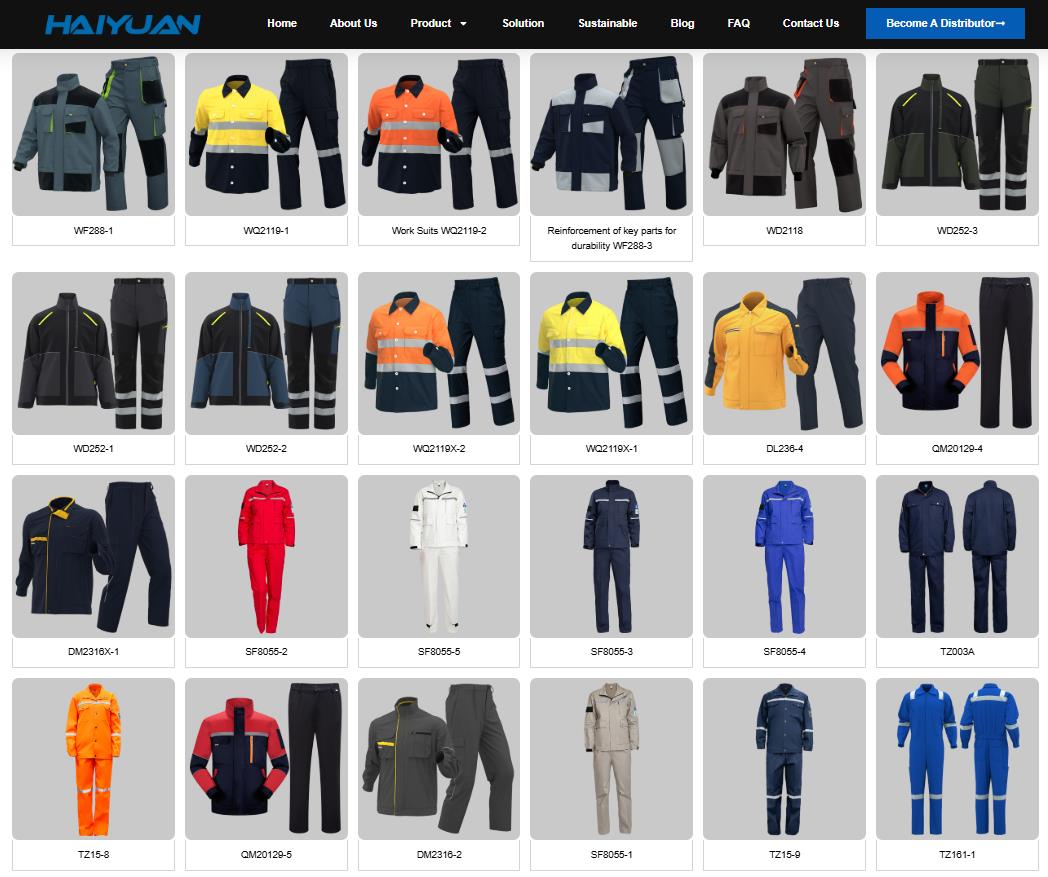That’s a more specific and common comparison! Made-in-China.com and Alibaba.com are both major B2B sourcing platforms connecting international buyers with suppliers, primarily in China. Whether one is “cheaper” than the other isn’t a simple yes/no answer, as it depends heavily on several factors:
Here’s a breakdown of the key differences impacting price:
-
Supplier Base & Focus:
-
Alibaba.com: Massive global platform (part of Alibaba Group). Includes manufacturers, factories, trading companies, and even smaller wholesalers. Extremely broad range of products and supplier types.
-
Made-in-China.com: Also very large, but perhaps slightly more focused on manufacturers and factories within China itself. Often perceived (though not exclusively) as having a stronger base in industrial equipment, machinery, raw materials, and larger-scale manufacturing.
-
-
Pricing Structure & Transparency:
-
Alibaba.com: Offers various seller memberships (including free Gold Supplier). Prices displayed are often starting points or MOQ-based. Strong push for “Trade Assurance” (a buyer protection program). May have slightly more complex fee structures for premium services.
-
Made-in-China.com: Also offers tiered memberships. Pricing is similarly MOQ-driven. Some users perceive Made-in-China.com suppliers as sometimes offering slightly lower initial quotes to attract inquiries, but this is anecdotal and varies wildly.
-
-
Minimum Order Quantity (MOQ):
-
This is often the biggest factor in per-unit price. Both platforms have suppliers with a wide range of MOQs. You’ll find low-MOQ suppliers and high-MOQ factories on both. There’s no consistent rule that one platform universally has lower MOQs than the other. You need to search for suppliers matching your required volume.
-
-
Supplier Type:
-
Factories/Direct Manufacturers: Found on both platforms. Typically offer the lowest potential prices but often have higher MOQs and may be less responsive or flexible for small/new buyers.
-
Trading Companies: Also prolific on both. Act as middlemen. Prices are higher than factory-direct, but they offer advantages like lower MOQs, better communication/English, consolidation of products from multiple factories, and quality control. They handle logistics complexities.
-
-
Negotiation:
-
Prices on BOTH platforms are almost always negotiable, especially for serious buyers with reasonable volumes. The final price depends heavily on your negotiation skills, order size, relationship building, and payment terms. Don’t take the listed price as final.
-
-
Fees & Hidden Costs:
-
Landing Cost is Key: The price quoted on either platform is usually FOB (Free On Board) or EXW (Ex-Works). This means it does NOT include:
-
International shipping/freight
-
Import duties & taxes
-
Customs clearance fees
-
Insurance
-
Potential warehousing
-
-
These additional costs are identical regardless of which platform you use and can often double or more the per-unit cost you see online. You must factor them in when comparing “cheapness.”
-
Conclusion: Is Made-in-China.com cheaper than Alibaba?
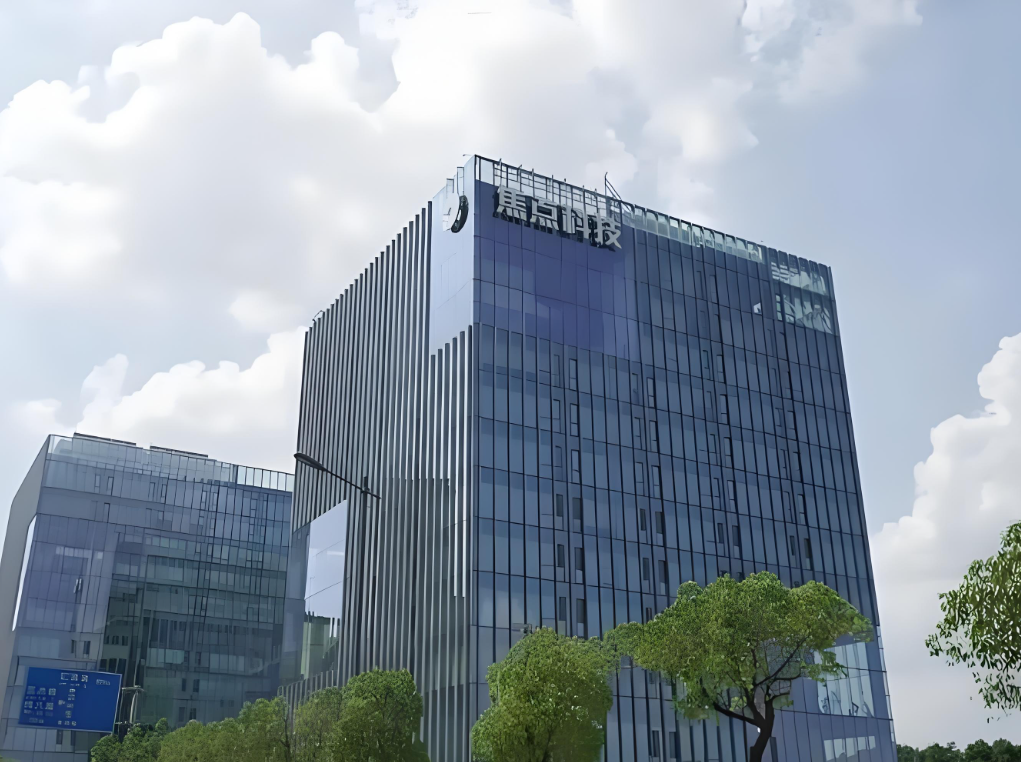
-
Not consistently, and not inherently. There is no definitive rule that suppliers on one platform are universally cheaper than the other.
-
Prices are supplier-specific, product-specific, and volume-specific. You will find both cheaper and more expensive suppliers for the same product on each platform.
-
The platform itself doesn’t dictate the factory price. Both platforms host thousands of factories and traders competing for business.
-
Your buying power (MOQ) and negotiation skills matter far more than the platform choice for the base price.
-
The critical “landed cost” (price + shipping + duties) is largely determined by factors outside the platform choice.
What to do instead of assuming one is cheaper:
-
Search Both Platforms: For your specific product, search thoroughly on both Alibaba.com and Made-in-China.com.
-
Filter Carefully: Use filters for MOQ, supplier type (factory vs. trader), location, Trade Assurance (Alibaba), etc.
-
Contact Multiple Suppliers: Get quotes from several potential suppliers on each platform. Provide clear specifications and your target volume.
-
Compare Apples-to-Apples: Ensure quotes include the same Incoterm (e.g., FOB Shenzhen) and payment terms. Ask for clarification if needed.
-
Negotiate: Don’t accept the first quote. Negotiate based on volume, potential repeat business, and competitor quotes.
-
Verify Suppliers: Check company profiles, years in business, certifications, production capabilities (ask for factory photos/videos), and reviews. Consider third-party inspections. Supplier reliability is often more important than saving $0.05 per unit.
-
Calculate Landed Cost: Get shipping quotes and research import duties/taxes for your country before deciding. This is where the real cost difference emerges.
In short: Don’t choose a platform based on a myth that one is “cheaper.” Choose based on which platform yields the best specific suppliers for your specific product and order volume, combined with thorough due diligence and landed cost calculation. Both platforms are essential tools for sourcing from China.
Useful Links

